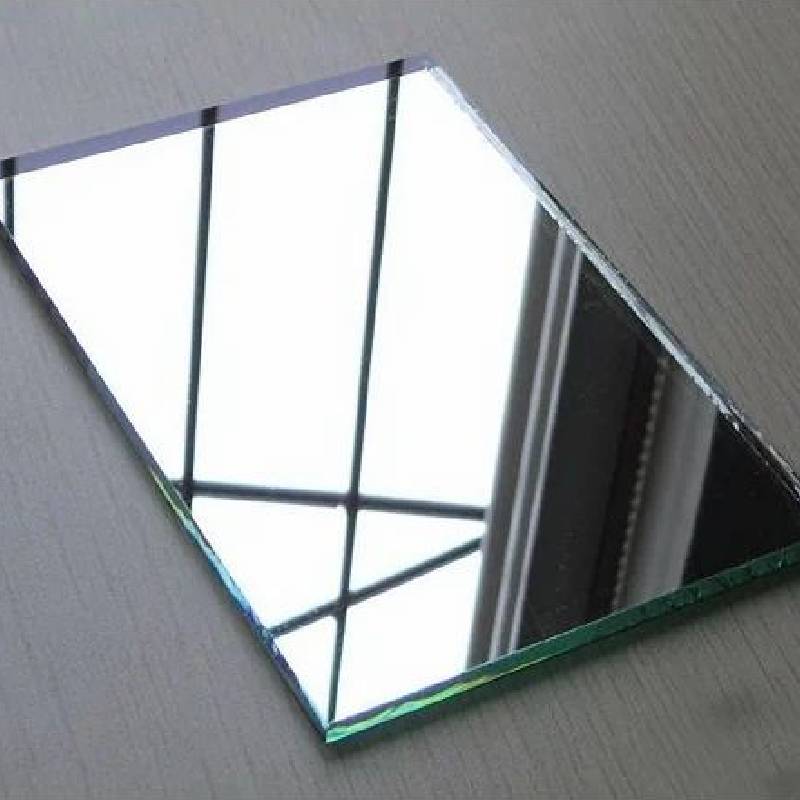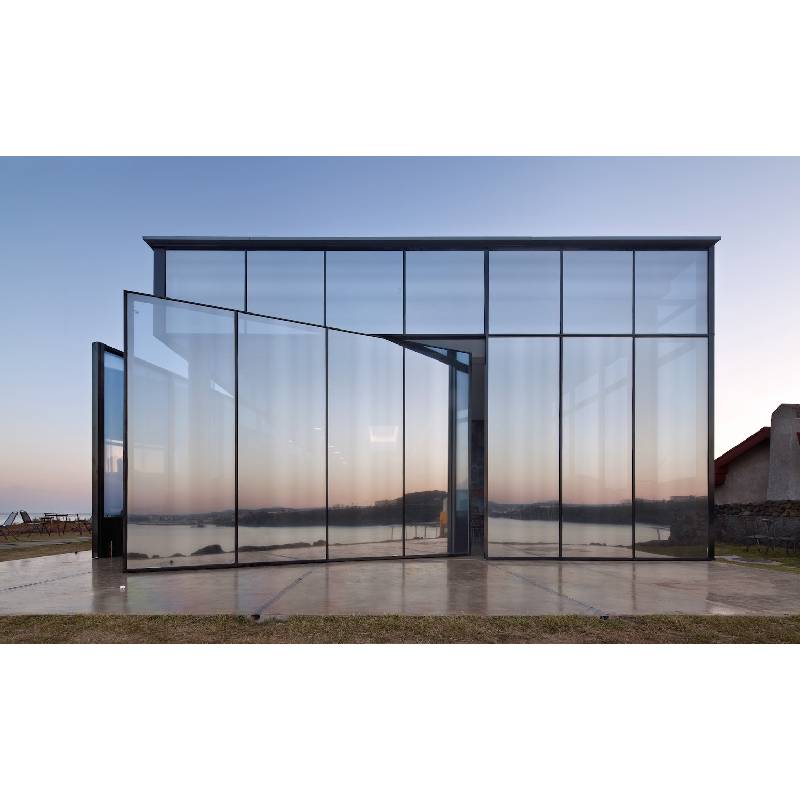Mirror glass is an essential component in various settings, from home decor to commercial installations. Its cost can fluctuate significantly due to multiple factors, including size, quality, type, and market trends. Understanding these nuances can help consumers make informed purchasing decisions and ensure they get the best value for their money.

One of the primary factors affecting the cost of mirror glass is its size. Larger mirrors require more materials and are more challenging to transport and install, thus incurring higher costs. A custom-cut large wall mirror, for example, will cost significantly more than a standard-sized mirror. This increased cost is not just due to size but also the precision and craftsmanship involved in customizing the mirror to specific dimensions.
Quality is another significant determinant in the pricing of mirror glass. High-quality mirror glass tends to be more expensive because it often involves superior materials and manufacturing processes. Quality encompasses several aspects, such as clarity, durability, and scratch resistance. Low-iron glass, known for its crystal-clear reflection, commands a higher price due to its excellent clarity and the complexity of its manufacturing process.

The type of mirror also plays a crucial role in its cost. There are various types of mirrors available, including tempered, laminated, and antique mirrors, each with its distinct price point. Tempered mirror glass is more expensive due to its safety features, which make it shatter-resistant. Laminated mirrors, which offer enhanced security and sound reduction properties, also come at a higher price than standard mirrors. Antique mirrors, known for their unique appearance, can be costly due to their aesthetic value and rarity.
Additionally, the cost of mirror glass can vary based on the installation location and associated labor. Mirrors installed in high-traffic areas, such as gyms or dance studios, require specialized mounting techniques and reinforcement to ensure safety, thus elevating installation costs. It is advisable to hire experienced professionals for these installations to ensure structural integrity and avoid costly damages.
cost of mirror glass
Market trends and economic factors, including raw material costs and supply chain dynamics, further influence the pricing of mirror glass. For instance, fluctuations in the price of silica sand, soda ash, and other raw materials can lead to variations in mirror glass costs. Additionally, global supply chain disruptions can affect the availability of products, thereby increasing prices due to scarcity.
Sustainability and environmental considerations are becoming increasingly important in the production of mirror glass. Eco-friendly mirrors, made using sustainable materials and processes, can be more expensive. Consumers are increasingly willing to pay a premium for these products, reflecting their commitment to environmental stewardship.
Economizing on mirror glass purchases without sacrificing quality is feasible with careful planning and informed decision-making. Comparing prices from various suppliers, opting for standard sizes, and considering alternative materials or finishes can result in substantial cost savings. Moreover, leveraging seasonal sales or bulk purchasing deals can also be advantageous.
In summary, the cost of mirror glass is influenced by a combination of size, quality, type, installation requirements, and market conditions. Considering these factors in detail can equip consumers with the necessary knowledge to make prudent purchasing decisions. By prioritizing quality and ensuring professional installation, one can ensure the longevity and functionality of their mirrors while optimizing their investment.



